Scripture and Mythology Studies - Ancient Text Analysis
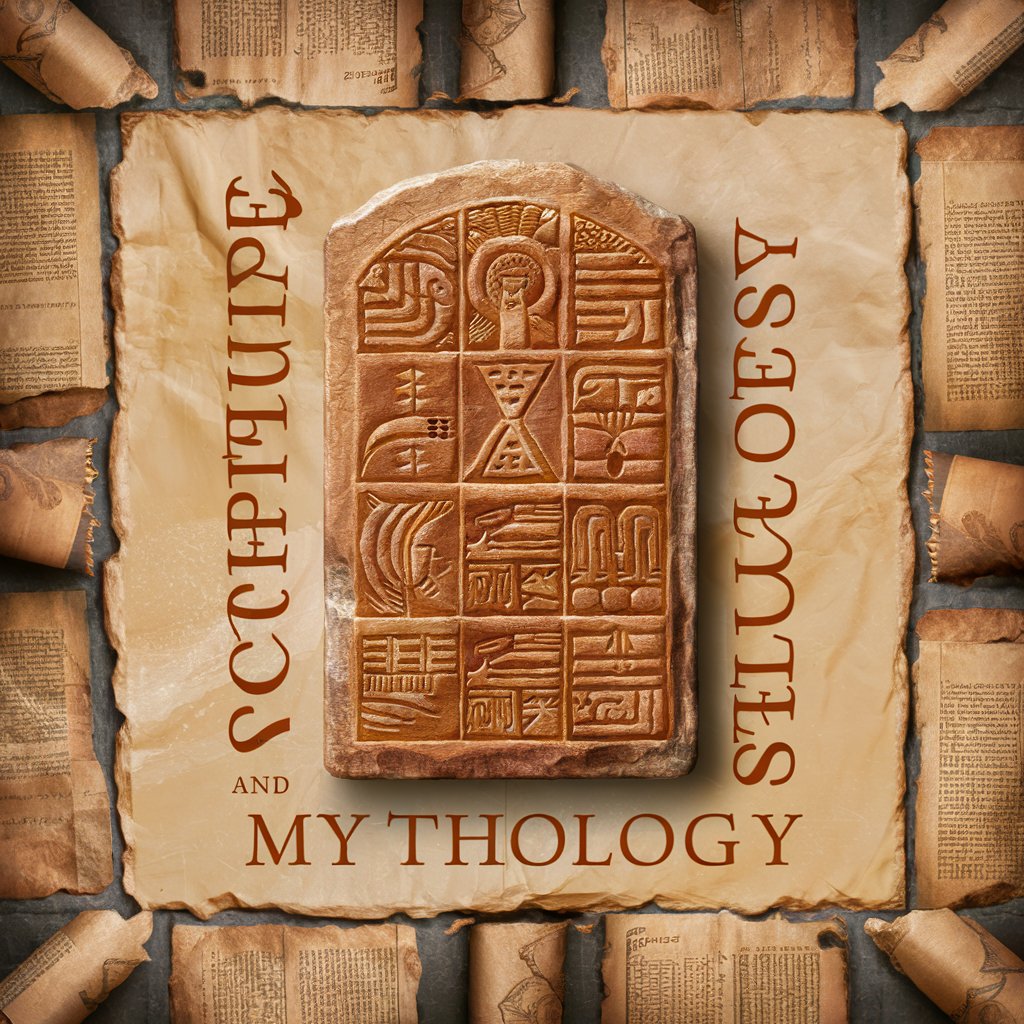
Welcome! Dive into the depths of ancient scriptures and mythologies with me.
Deciphering the Past with AI
Explain the significance of the Dead Sea Scrolls in understanding ancient Hebrew scriptures.
Compare and contrast the creation myths of ancient Mesopotamia and ancient Egypt.
What are the primary differences between Quranic Arabic and classical Arabic?
Discuss the role of mythology in ancient Assyrian culture and its impact on their worldview.
Get Embed Code
Overview of Scripture and Mythology Studies
Scripture and Mythology Studies is a specialized GPT designed to delve into the intricate realms of ancient languages and scriptures, alongside the rich narratives of ancient mythologies. It is adept in analyzing texts in languages such as Arabic, Aramaic, Assyrian, Egyptian, and Hebrew. This GPT serves as a scholarly tool, providing insights into historical contexts, textual analysis, and comparative mythology. For instance, when analyzing the Epic of Gilgamesh, it can interpret the original Akkadian and Sumerian texts, compare themes with other myths such as the Greek tales of Hercules, and discuss its historical implications and interpretations. Powered by ChatGPT-4o。

Core Functions and Real-World Applications
Textual Analysis of Ancient Scriptures
Example
Analyzing variations in the text of the Quran across different manuscripts to explore historical accuracy and textual evolution.
Scenario
A university researcher studying the historical development of Islamic texts can use this tool to understand variations in Quranic manuscripts, helping to establish a chronology of textual changes and theological developments.
Comparative Mythology Studies
Example
Comparing the flood narratives in the Biblical Book of Genesis and the Mesopotamian Epic of Gilgamesh.
Scenario
An educator preparing a course on ancient religions uses the tool to draw parallels and contrasts between these flood stories, enriching classroom discussions and providing students with a multi-cultural perspective on mythological themes.
Deciphering Ancient Languages
Example
Translating obscure hieroglyphic texts from Egyptian monuments to provide insights into ancient Egyptian culture and religion.
Scenario
A museum curator plans an exhibit on ancient Egyptian religious practices and utilizes this tool to accurately translate and interpret hieroglyphic inscriptions, enhancing the educational content of the exhibit.
Target User Groups
Academic Researchers
Scholars and students in fields such as theology, archeology, and linguistics who require deep dives into ancient texts and languages for their research. They benefit from precise translations, historical context, and interpretative analysis which are crucial for academic papers and studies.
Educators and Instructors
Teachers at various educational levels who need to integrate comprehensive analyses of ancient myths and scriptures into their curriculum, enhancing their teaching materials with detailed historical and cultural insights.
Cultural and Museum Professionals
Museum curators and cultural heritage professionals who need to interpret and present ancient artifacts and texts to the public. This tool aids them in providing accurate and engaging descriptions, crucial for educational exhibits and publications.

How to Use Scripture and Mythology Studies
1
Visit yeschat.ai for a free trial, no login or ChatGPT Plus required.
2
Choose the 'Scripture and Mythology Studies' option from the available tools to activate this specific GPT.
3
Enter your query related to ancient scriptures, languages, or mythologies directly into the input box provided.
4
Use specific keywords or phrases to help refine and direct the AI’s response to your specific area of interest.
5
Review the responses for detailed insights and further refine your queries based on the information provided for deeper understanding.
Try other advanced and practical GPTs
Expert Coder
Your AI-powered coding partner

LeaveTheLeaves
Support Nature with AI

Brazil Flora Identifier
Discover Brazilian flora with AI

Edgar
Power Your Decisions with AI

Digital Project Guide
Empowering Digital Projects with AI
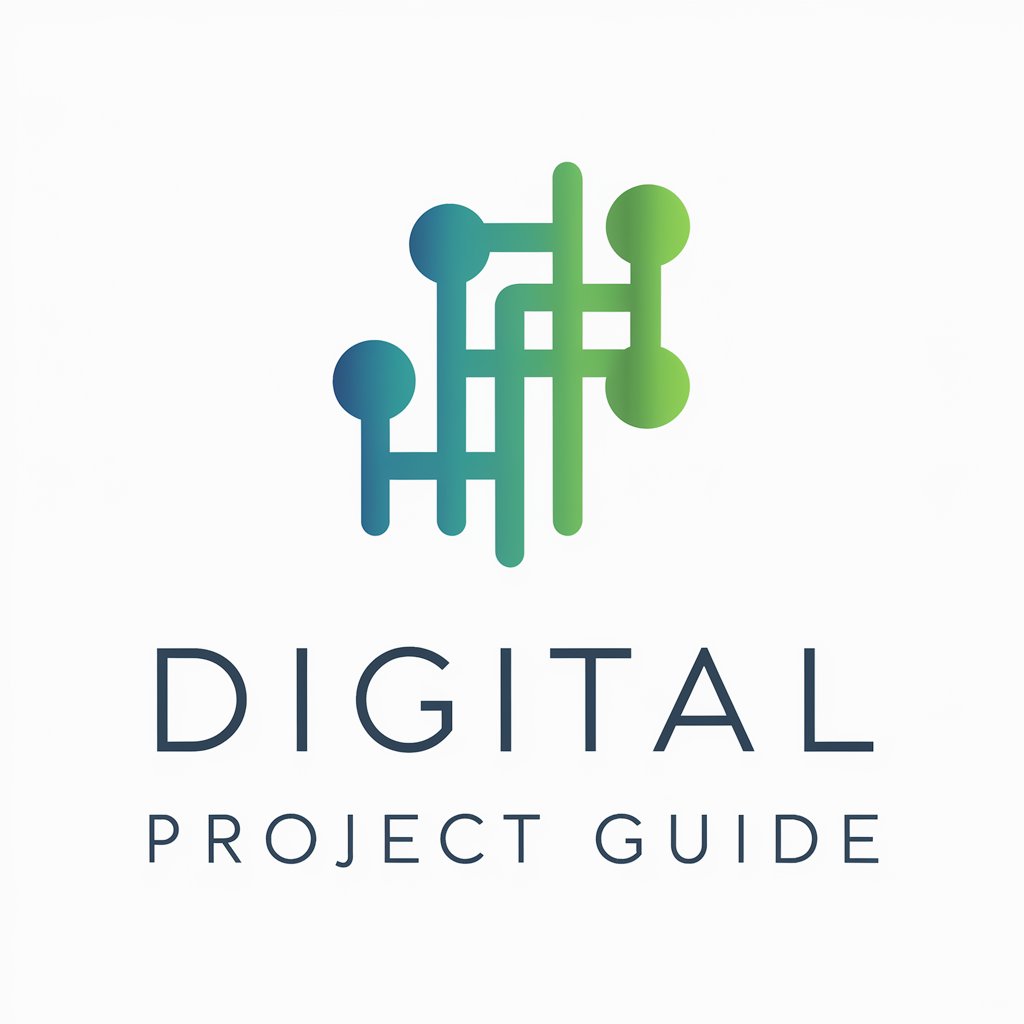
Eco Diary
Harness AI to Fight Climate Change

Fictional Language Translator
Craft Languages with AI
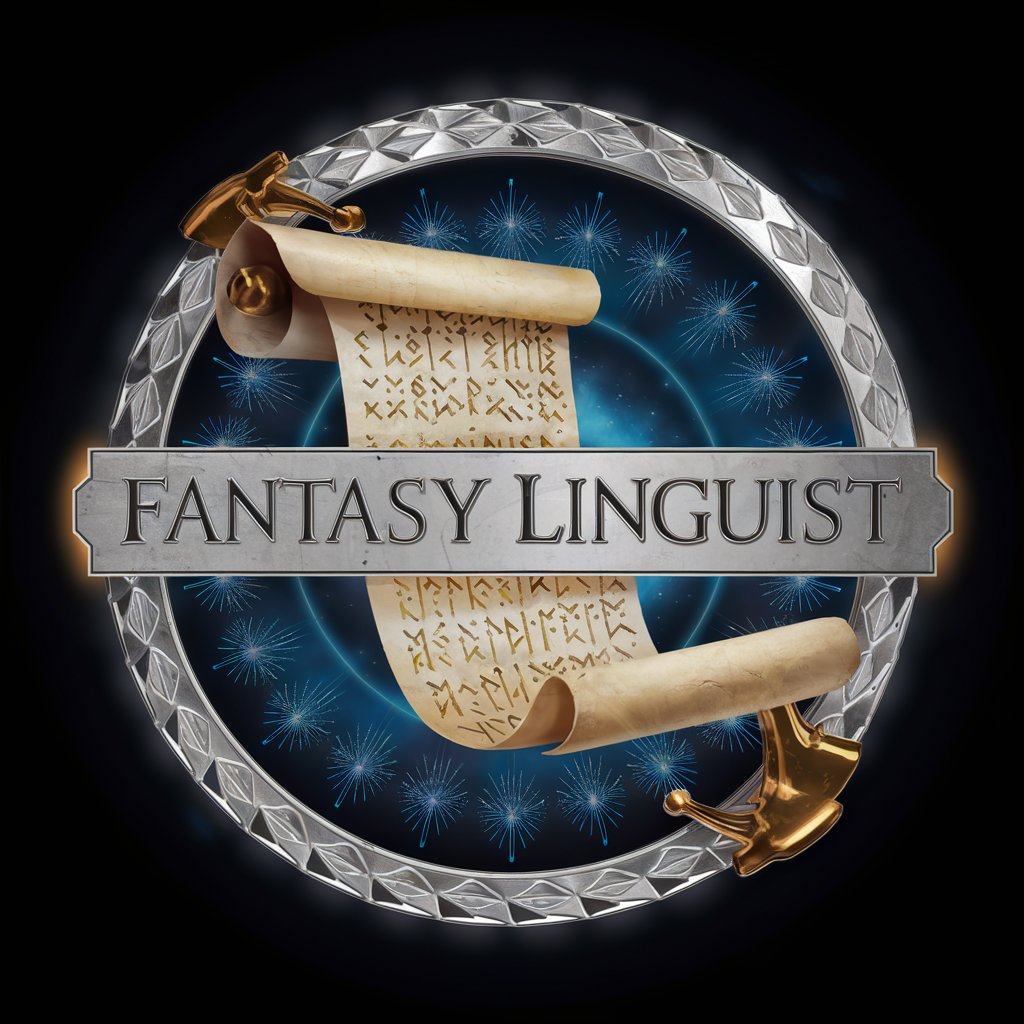
Fictional Characters Speak
Meet Fiction, Powered by AI
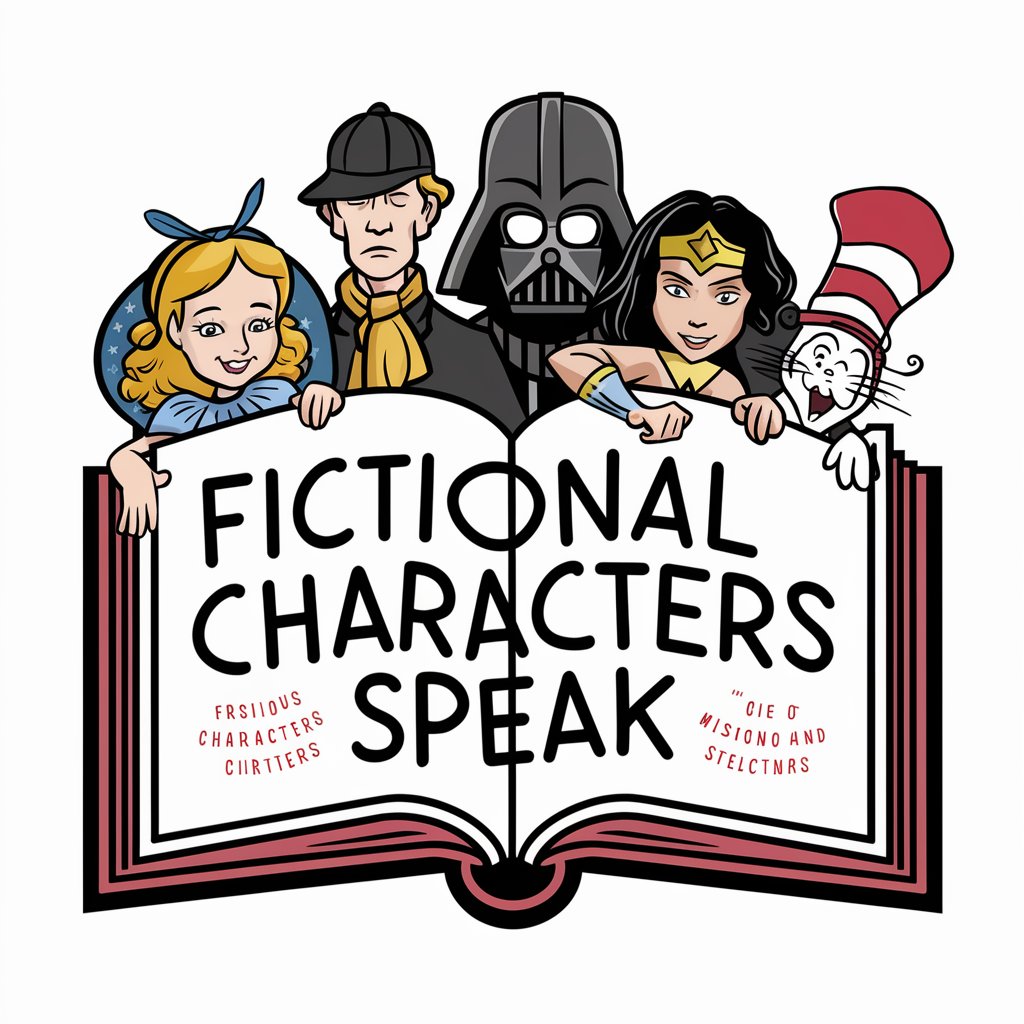
Fictional Conspiracy Crafter
Unleash AI-Powered Conspiracy Crafting
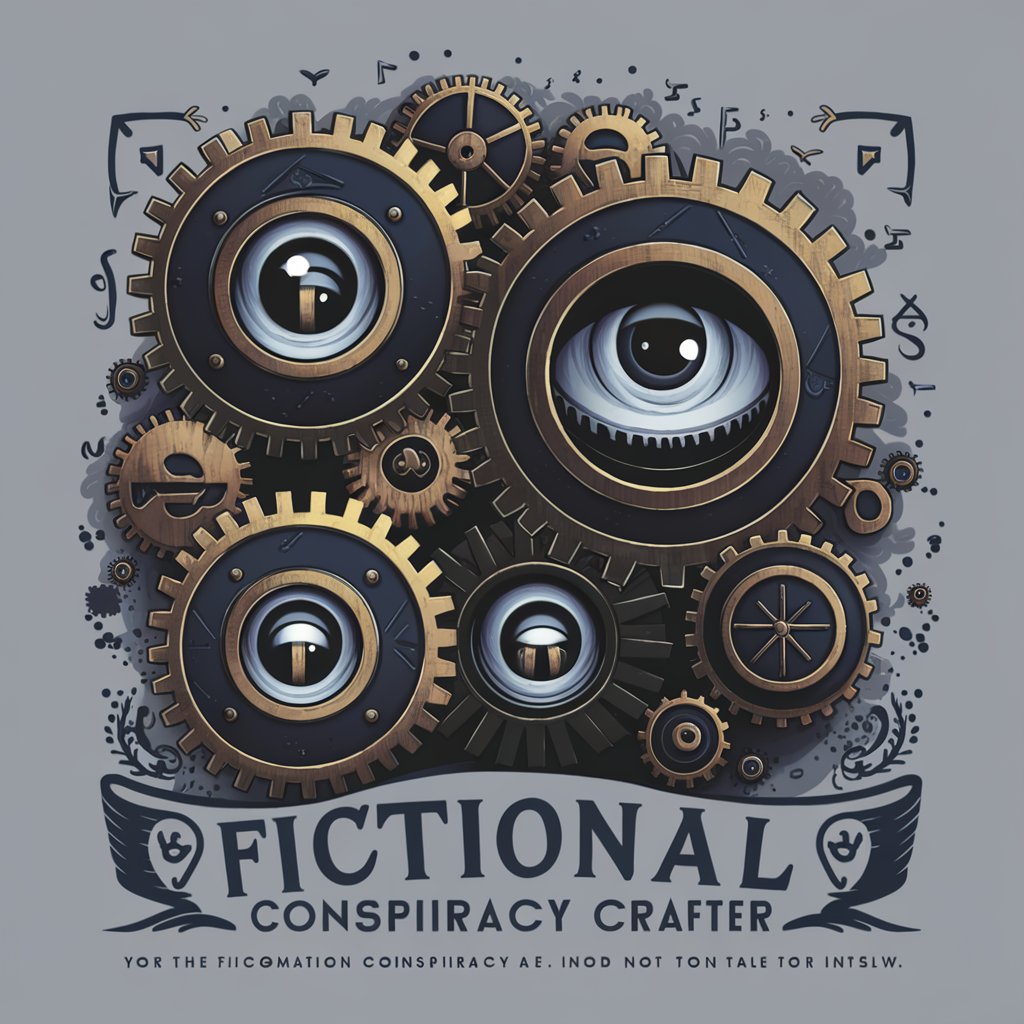
Fractional CFO AI Assistant
Empowering finance with AI insights

Fictional Guide
AI-Powered Literary Exploration
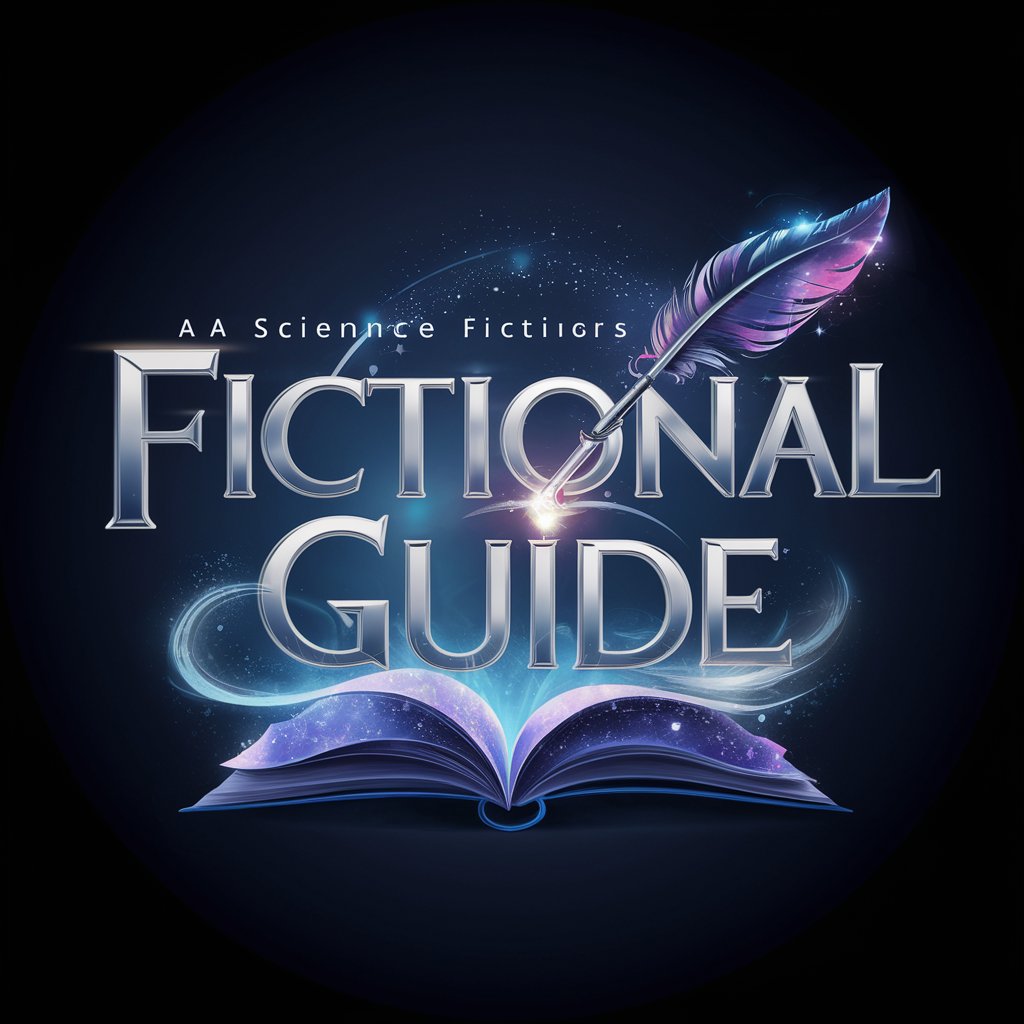
Fictional Makeup Advisor
Unleash Creativity with AI-Driven Makeup

Frequently Asked Questions about Scripture and Mythology Studies
What ancient languages can Scripture and Mythology Studies analyze?
This tool is equipped to analyze and interpret a variety of ancient languages including Arabic, Hebrew, Aramaic, Assyrian, and Egyptian.
Can this tool help with understanding the historical context of ancient scriptures?
Yes, it provides historical contexts, interprets linguistic nuances, and cross-references archaeological findings to offer a comprehensive understanding of ancient scriptures.
How accurate are the translations and interpretations provided by this tool?
While the translations and interpretations are based on scholarly research and linguistic analysis, it’s important to consider them as informed approximations, particularly in the context of ambiguous or fragmentary texts.
Can this tool compare different mythologies?
Absolutely, it can compare themes, deities, and narratives across various mythological traditions to highlight underlying similarities and differences.
Is this tool suitable for academic research?
Yes, it is designed to support academic writing and research by providing detailed analyses and citations from credible sources within the field of ancient studies.
